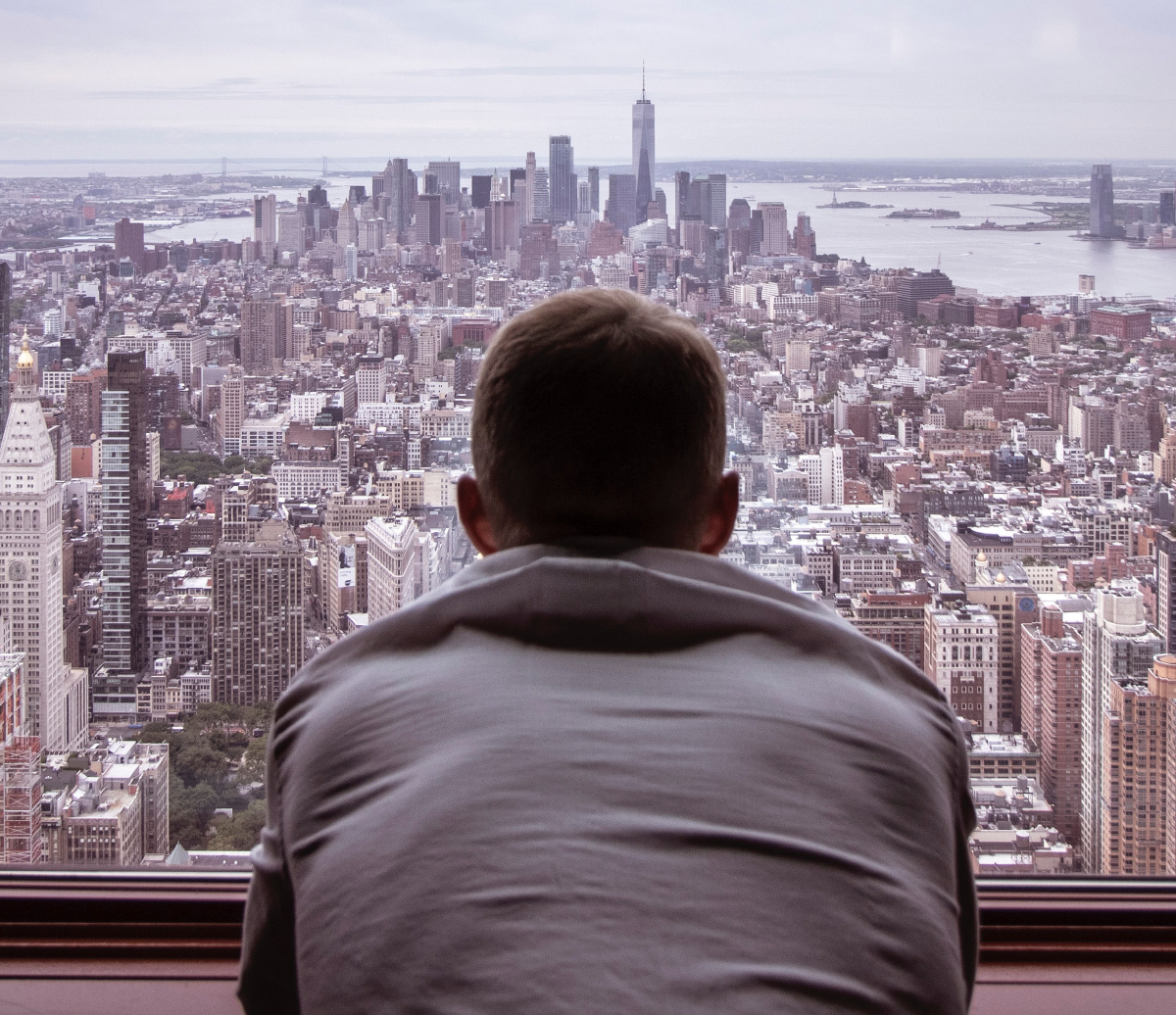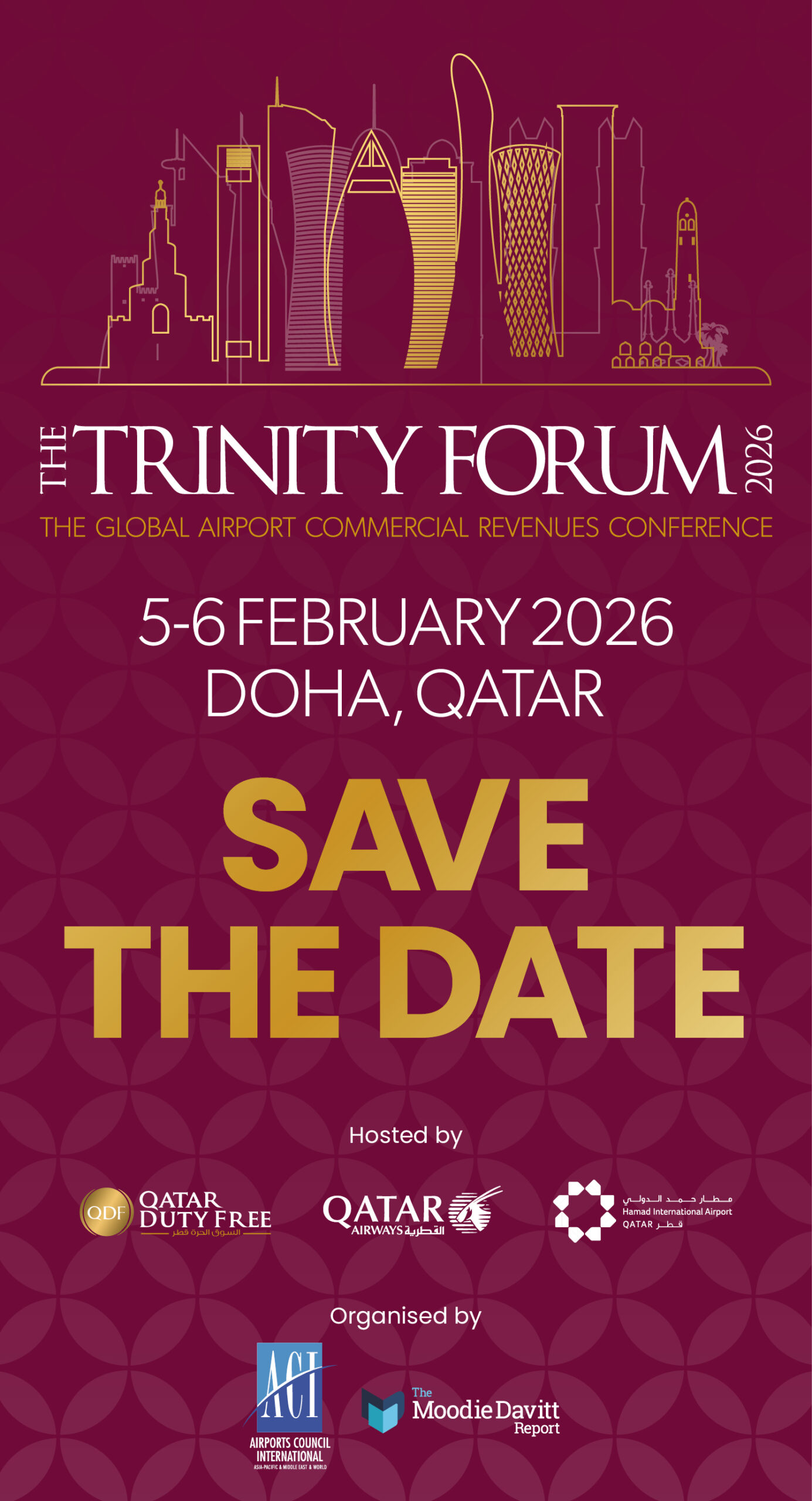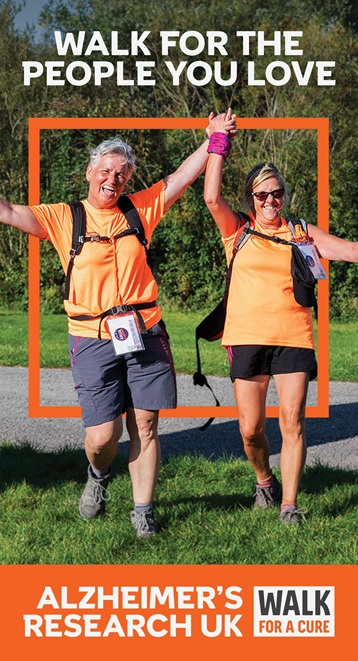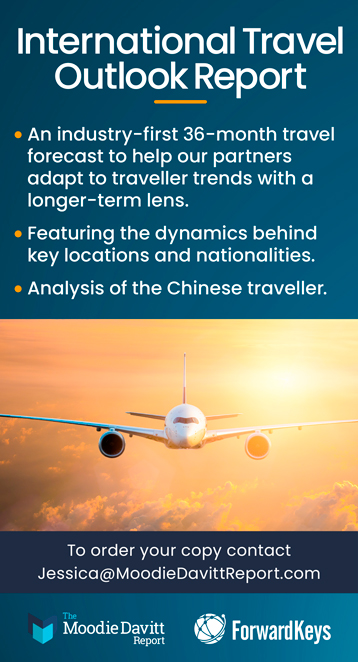INTERNATIONAL. We present a thought-provoking guest column from Marian Salzman, Senior Vice President of Global Communications at Philip Morris International, which has just released its annual Trends Report titled Five Trends for 2023: Rethinking Everything. Here, she shares some edited highlights from the report. The full version can be downloaded here.
Overall, what we will see in 2023 is a trend toward hope and self-empowerment. As external pressures increase, we will try to adopt attitudes that fit into the life we want to lead, such as challenging the system, normalising sustainability, and making our homes sanctuaries of health and well-being.

Looking to 2023, we see reasons for fear and reasons for hope. On the one hand, we are afraid of the increasingly ephemeral nature of reality: the divisions between the tech-rich and poor and, more recently, the informed and uninformed are deepening. And we have reached a point where what one believes depends more and more not on what is true, but on what one accepts as truth within the information bubble itself.
However, there are many more emerging trends in 2023 that give us hope. People are jaded and alarmed by everything that is happening in their worlds and are prepared to fight back and question entrenched assumptions, such as the value of a college education (especially in the US), the loyalty owed to an entrepreneur, and the fundamental principles of capitalism.
Trend 1: Lose control of reality
We live in a society in which ‘deepfake’ technology, virtual influencers, series produced by Artificial Intelligence and virtual friends on demand are the order of the day. The question that opens up and that we will face in 2023 and in the years to come is very simple: What and who can we trust? With new technologies, it’s no longer about our eyes and ears. The rise of false information and disinformation is so severe that the United Nations has urged member states to enact policies to support digital literacy.
DPDR is a mental health disorder that causes people to feel distant and dissociated from their sense of self, mentally or physically, and/or have an altered perception of reality. A commonly prescribed treatment is talk therapy or psychotherapy. That’s all well and good, but what will happen when more providers switch to AI-powered chatbot therapists?
Trend 2: Everything is a farce
Now that people no longer uncritically accept the traditional postulates of work and the value of higher education, they also question the system that underpins all this: capitalism. This economic system that took hold in Europe in the early nineteenth century and spread throughout the world is now cited as the cause of all sorts of ills, from climate change and ecological destruction to economic inequalities and rising mental disorders.
A 2019 global survey by Edelman revealed that 56% of citizens agreed that capitalism, as it exists today, does more harm than good in the world.

Trend 3: Normalise sustainability
Public concern about climate change has reached an all-time high, according to a GlobeScan survey of 17 countries, in which 65% of respondents rate the situation “very serious”. It has reached a point where 4 in 10 participants in a 2022 survey conducted in 31 countries cite climate change as a deterrent to having children.
In 2023 we will see more innovations in ecological awareness, such as new delivery models, carbon footprint labels on food and products and passive sustainability techniques such as so-called ‘thirsty asphalt’ for flood-prone areas, a new ultra-white paint that reduces the need for air conditioning and small urban forests that promote biodiversity – they lower temperatures and reduce pollution.
In the midst of a global energy crisis and rising inflation, more and more people will avoid air travel and opt for overnight bus and train travel.
Trend 4: The strength of sound
Increasingly, sound is seen as a possible solution to at least some of the ills of modern society. Sound baths and sound mappings are prescribed to calm the soul and reduce anxiety. More and more people are turning to brown noise to induce relaxation or improve concentration.
In 2023 we will continue to explore new (and old) applications of sound, such as the relationship between voice and disease. Researchers at the National Institutes of Health are collecting voice data to develop AI capable of diagnosing diseases from neurological disorders and autism to cancer based on a person’s speech.
Trend 5: Adapt our little worlds
People create smaller and smaller worlds, resolutely centred in their homes, which today are often also their workplaces. In addition to feeling at ease, people feel a greater need for protection against everything from mutant viruses and weather events to uncertain labour markets and supply chains. They respond by fortifying their homes with the technology, stockpiling of goods and entertainment options they think they will need to weather any looming crisis.
In 2023 we will see more and more people turn their homes into sanctuaries of health and wellness. The indoor plant market is projected to exceed US$26 billion by 2029, up from less than US$18 billion in 2021.
More and more companies are producing prefabricated modular booths that can serve as spaces for meditation (or simply oases without children). And more and more showers offer multisensory experiences with hydrotherapeutic treatments, lighting, personalised sounds, and much more. ✈













